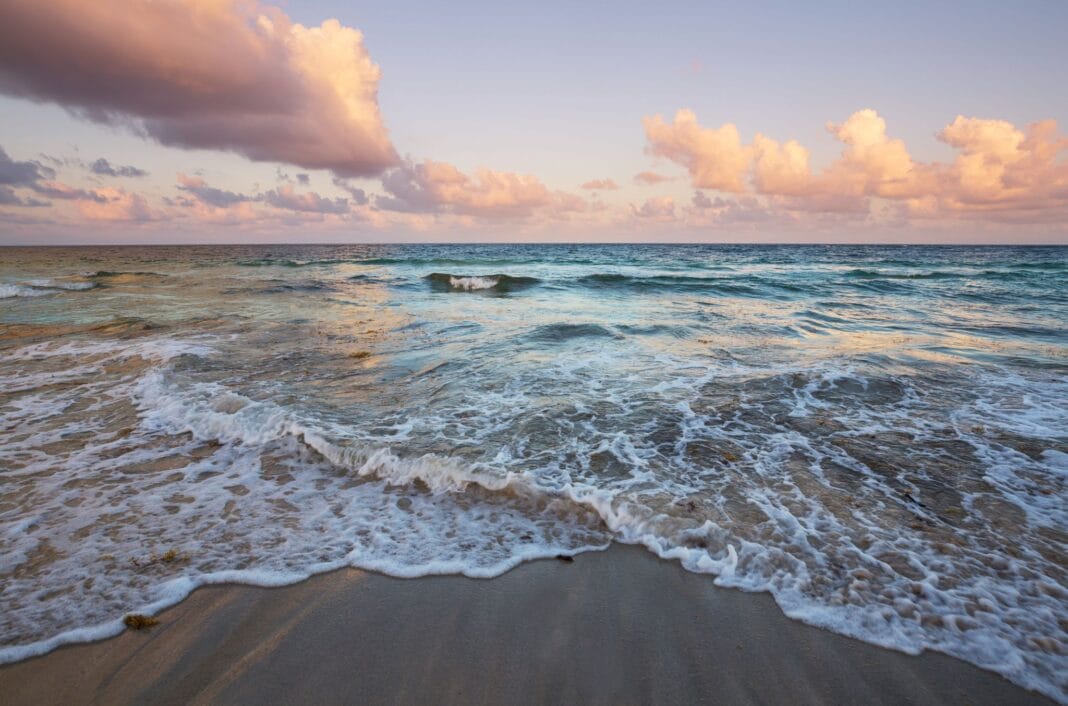Have you ever just watched the ocean? Ocean currents are fascinating and an important aspect of the ocean whether you are swimming or boating. The currents help to shape the patterns of our weather, they influence the ocean’s ecosystem, and they impact the way that we enjoy the water too.
Taking the time to understand the ocean’s currents is recommended to ensure that you are safe at all times when you are in or on the water. In this article, we will discuss what ocean currents are, the dangers of rip currents, and explore safety tips when encountering currents while swimming or boating.
Ocean Currents: What Are They?
Ocean currents are best described as the continuous and directed movement of water from one location to another. Ocean currents are driven by three major factors which include differences in water density, wind, and tides.
The currents of the ocean are measured in meters per second, or more commonly in knots. You have likely heard the term used and 1 knot is equal to 1.15 miles per hour. Therefore, if an ocean current was moving at 3 knots, it would be moving at 3.45 miles per hour.
There are two main types of ocean currents: surface currents and deep water currents. We will explain them below.
Surface currents are mainly driven by the different wind patterns, the positioning of the continents, and the Earth’s rotation. These currents usually occur on the upper layers of the ocean, and you would be unlikely to find them deep in the ocean. These surface currents can vary in temperature and may be warm or cold, which means they also play a role in climate.
Deep water currents occur beneath the surface of the water and are also referred to as thermohaline currents. These currents are caused by differences in water density due to changes in salinity or temperature.
Rip Currents: Important Information for Any Beach/Ocean Swimmers
You have probably heard the term “rip currents.” Rip currents are dangerous, and it is imperative that everyone know how to not only spot one but how to get out of one.
Rip currents are fast moving, narrow channels of water that flow from the shore out into the open water. These types of currents are formed when waves break strongly in some areas and break weakly in other areas. This difference in the breaks causes a channel of water to form that flows back into the deeper ocean water through underwater features and sand bars.
As mentioned, these currents pose a serious danger to swimmers. Even if you have been a good swimmer for many years, these currents can pull you and overtake you in a matter of minutes.
It can be difficult to spot a rip current while in the ocean and from shore, which makes them a concern.
When it comes to rip currents, if you find yourself caught in one, you will feel as though you are being pulled under the water. This can be scary. While you are not being pulled under the water, you are indeed being pulled out to sea away from the shoreline.
Did you know that boats can get stuck in a rip current too?
How Do I Spot a Rip Current?
Rip currents are not easy to spot, but you may be able to see them, especially if you are on an elevated surface.
To spot a rip current, look for these signs in the water:
- A break where the waves are coming in
- Channels of water that appear choppy
- Calm areas of water that appear in between rougher patches of water
- A line of seaweed, foam, or debris moving out to sea
- An area of water that is differently colored from the rest
What You Can Do if Caught in a Rip Current
If you find yourself caught in a rip current, here’s what you can do:
- Do NOT swim against the current – this will only wear you out
- Relax and do NOT panic (a rip current will NOT pull you under)
- Swim out of the current (swim to either side of the current or parallel to the shore) – once out of the current, immediately swim to shore
- If you are unable to escape the rip current, float or tread on the water
- Yell, wave, and scream for help
How Do Ocean Currents Affect Boats?
The ocean’s currents have a significant impact on boating and not just swimmers.
Want to know how?
Fuel Efficiency
For starters, strong ocean currents can reduce your boat’s fuel efficiency. This is due to the increased effort that your boat must use to navigate through the current.
If you are not o a set travel path, you can travel with the current, which would actually help save you fuel.
Navigation
Currents will affect the speed and course of your boat, so you must plan accordingly. Strong currents can slow you down or even move you in a different direction, so it is important to pay close attention.
You can utilize your GPS system and navigational charts to help you predict and navigate the ocean’s currents.
Become Familiar with the Ocean’s Currents
The ocean’s currents are an interesting and fascinating occurrence that have many benefits on climate and the marine ecosystem.
Understanding and knowing the basics of the ocean’s currents can help you navigate the water in your boat and remain safe while swimming. Rip currents are a serious danger and knowing how to spot them and get out of one could save you.
By staying informed and prepared, you can swim and boat with confidence, no matter what the ocean’s currents are.


